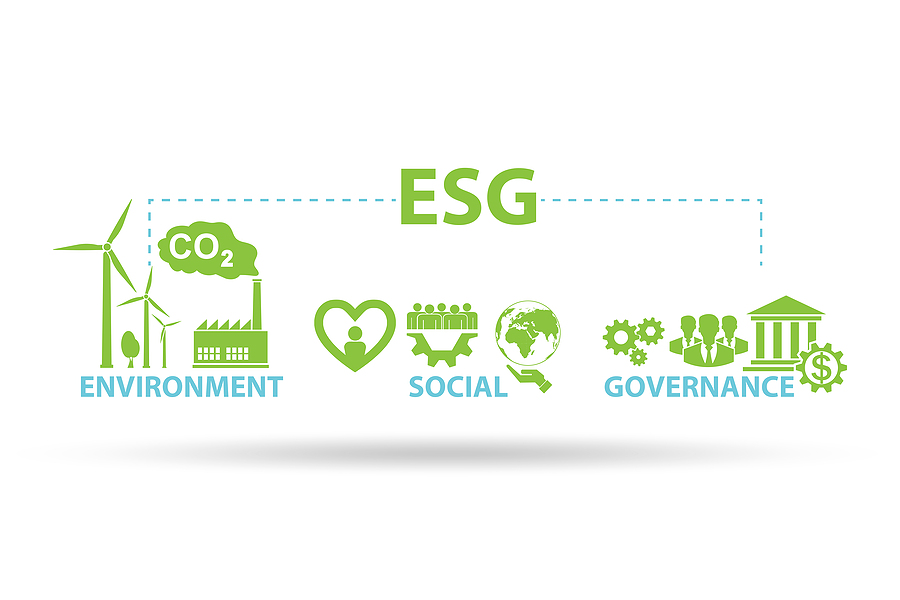
Is the Psychology of Risk Factored Into Your Marketing?
February 3rd, 2022 Posted by Emergent Behavioral psychology, brand advocacy, Brand Design, brand marketing, brand messaging, Brand preference, brand strategy, Brand trust, consumer behavior, Consumer insight, Higher Purpose, storytelling, Strategic Planning 0 comments on “Is the Psychology of Risk Factored Into Your Marketing?”Your customers are not analytical decision-making machines…
When consumers approach a purchase decision, are they focused on the merits and benefits of what you’re offering? Research on human behavior confirms that other issues are dominating their judgements. Read on to find out what’s really happening.
- You might agree marketing and business strategy that is informed with a clear understanding of the human being you want to reach is going to be massively more effective than efforts that don’t take into consideration what we now know about how people make choices.
Ground-breaking behavioral research conducted over decades by renowned psychologists Amos Tversky and Danny Kahneman on their Theory of Regret, forever altered the false assumption that humans are rational and analytical – making decisions based on objective consideration of the facts.
Today we will unravel the mysteries of how people behave to provide you with clear guidance on what the customer is actually thinking and doing.
People will pay a premium to avoid – wait for it – regret
According to scientific research, consumers’ 99.99999 percent of the time are working to sidestep making bad choices. Tversky and Kahneman’s analysis of choice decisions demonstrated that people focus on minimizing risk in order to reduce the chances of any regret. Said another way, people are not seeking to maximize benefits, instead they are trying to prevent or duck an unfavorable outcome. Boom.
- Most marketing activity is based on presenting gains, wins, benefits to an audience pre-occupied with trying to determine if what’s on offer is a gamble (path to potential regret) or a sure thing.
Kahneman expressed regret theory in real-world terms this way: The nearer you get to achievement, the greater the regret people encounter if you fail to achieve it. The more control you believe you have over a gamble, the greater the regret experienced if it turns out badly.
People reflexively face regret for:
- What they have chosen
- What they wish they hadn’t chosen
- What they should have chosen
What’s truly operating on the path to a purchase decision can be observed in any hesitation or reluctance (abandoned cart) to take an action. How the consumer is looking at the options before them follows their attempt to determine –
- What is a sure thing
- What is a probable gain
- What is actually a gamble in order to secure a gain
When choosing between a sure thing and a perceived gamble, a person’s desire to elude loss exceeds the desire to secure a gain!!
Not surprising, people will pay handsomely for certainty. They will take the sure thing over the perceived dice roll every time. Thus, the power and impact of a well-defined brand with deep equity, trust and a strong value proposition.
So what exactly is this loss people seek to avoid?
A loss occurs when a person believes they’ve ended up worse off than their reference point. A reference point is a state of mind based on the status quo, or a standard defined from where they started. Please note, a gain or loss will always be connected to how a problem is presented. Changing the description of a situation can make a gain seem like a loss and vice versa.
Implications to marketing planning and strategy
A consumer world balanced on the pin of regret avoidance is a cry for certainty, surety, belief, trust and confidence.
- What risk reduction tools are you using to erase loss while canceling potential regret?
It’s important to proactively manage the conditions, language and perceptions that influence consumer belief. You want to erase uncertainty and the possibility of a bad outcome.
Where to start?
Descriptions – Language matters, how a problem or situation is framed can help or hinder the assessment a customer is inevitably making about certainty and risk avoidance.
Social proof – Consumers find claims of performance and outcome made by companies to be less trustworthy. They will believe their peers before they will believe you. Thus, social channels that behave more like communities where sharing is encouraged, perform the valuable service of offering assurance that what is promised is indeed consistently delivered.
Familiarity – If you’re working on the next great leap in food technology beware of pushing the science wizardry too hard instead of focusing on the more familiar, comfortable and assurance-building principles of food, nutrition and culinary cred for a product consumers will put in their bodies. People are wary of anything that appears to be too far away from the familiar territory of foods they understand and believe are real, safe as well as satisfying (taste).
Transparency – The more you disclose about how you do what you do, the more comfortable people get. This feeds the certainty of knowing exactly what’s in the product you make and where ingredients came from, while also speaking to integrity and honesty – two qualities people believe are sorely lacking in business behaviors.
Third party validation – Most product categories have identifiable subject matter experts and influential voices that bring credibility and cachet to the messaging table. If you turn them into promotional shills, their value is lost. Let the expert voices make independent evaluations of what you do and how you do it. Give them room to report on their observations and let the credibility flow from a respected voice that isn’t your own.
Verifiable assurance – For a cheese client experiencing a high degree of adulteration and food fraud in their category, we created a trust mark backed by one of the most respected food labs in the nation. They were given free rein to acquire products at retail independently and submit them to a battery of tests that verified the veracity of how the products were made when compared to the Federal standard of identity. It was proof the products were genuine, authentic, real and what was represented on the label was indeed accurate and truthful. Trust marks and third-party validation can bring another level of consumer confidence to the story being told.
Now you are aware that this universal human trait of risk avoidance is a dominant consideration for people on the path to purchase. Your objective, then, is to work accordingly to secure confidence, trust and belief in a manner that reduces or eliminates any perception of risk or uncertainty that might fuel consumer regret.
- Do this, and you will answer what most often lies at the foundation of a disconnect for people who are unwilling to try your new product or store. Why? Because they see risk of a bad outcome if they don’t like it or concern it won’t deliver on their reference standard expectations.
Is it time to audit your marketing plans and messaging strategies to ensure the psychology of risk is fully addressed? If so, use this link to invite an informal conversation with a team of experts who understand the anatomy of trust creation.
Looking for more food for thought? Subscribe to the Emerging Trends Report.
Bob Wheatley is the CEO of Chicago-based Emergent, The Healthy Living Agency. Traditional brand marketing often sidesteps more human qualities that can help consumers form an emotional bond. Yet brands yearn for authentic engagement, trust and a lasting relationship with their customers. Emergent helps brands erase ineffective self-promotion and replace it with clarity, honesty and deeper meaning in their customer relationships and communication. For more information, contact [email protected] and follow on Twitter @BobWheatley.




